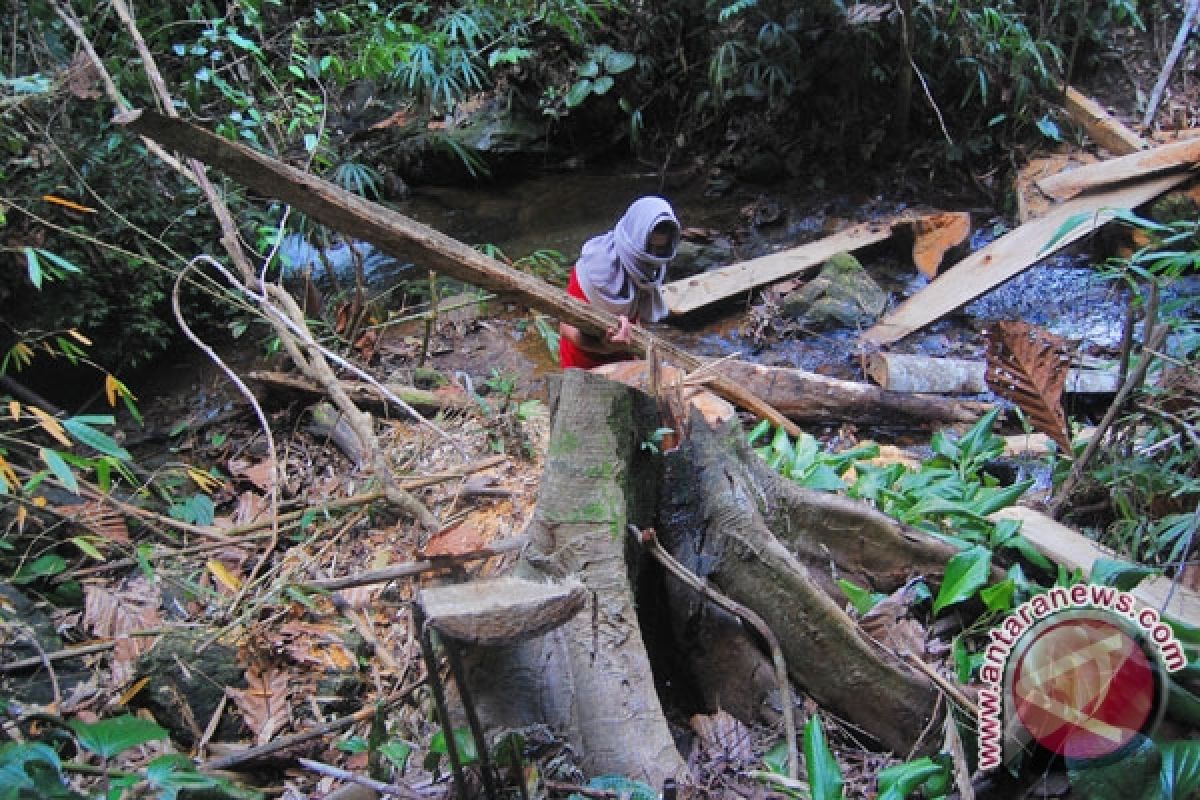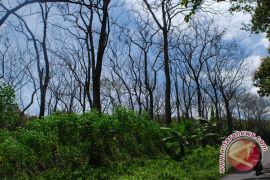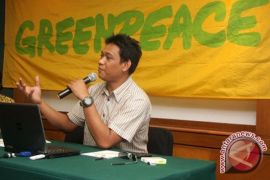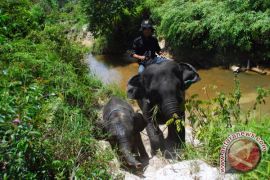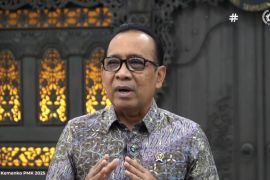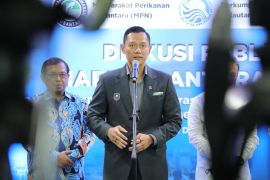Tree-planting is believed to provide a host of wider environmental and socio-economic benefits and therefore KNPI launched a youth movement on Friday to plant one billion trees.
In observance of National Awakening Day on Friday, May 20, 2011, the Indonesian National Youth Committee launched the movement to plant one billion trees nationwide in 33 provinces.
KNPI chairman Aziz Syamsuddin said over the weekend that the movement was initiated by KNPI to save the environment, and it was expected to be emulated by other youth organizations across the country.
"It is time for all elements of the younger generation in Indonesia to support the national development program by planting trees to save the country`s environment from total destruction," Azis said.
He realized that tree-planting on deforested lands creates further environmental benefits.
Therefore the KNPI chairman said a similar tree-planting activity by youths would also be conducted in West Java, Central Java, Jambi, Riau, Central Kalimantan, East Kalimantan, and other provinces across the country.
Besides KNPI, the Forestry Ministry also plans the planting of 1.5 billion trees this year to re-green critical land and forest areas.
It is because forests play a vital role in regulating water supplies, helping to minimize both water shortages in times of drought and damaging floods in heavy rains.
The trees also reduce soil erosion, thereby conserving soil quality upstream and water quality downstream.
Forests also provide habitats for a wide array of plant and animal species, a number of which are threatened with extinction by deforestation.
Therefore Forestry Minister Zulkifli Hasan said in Palu, Central Sulawesi recently that his office planned the planting of 1.5 billion trees this year to re-green critical land and forest areas.
"In 2010 we succeeded in planting 1.39 billion of targeted 1 billion trees, and I am optimistic that we can plant more than that this year," Zulkifli said after attending the graduation ceremony of Palu Muhammadiyah University students in Palu.
He admitted that the area of critical land in Indonesia at present covered 40 million hectares while the forest area in Indonesia covered 187 million hectares.
According to the United Nations Environment Program (UNEP), the forests play a key role in the battle against climate change while in reality, 1.6 billion of people around the world depend on forests for their livelihoods.
Forests also feed the rivers and areas essential to supplying the water for nearly 50 percents of the world`s largest cities, including Jakarta and New York, and help to regulate the often devastating impact of storms and floods.
They are the most biologically-diverse ecosystems on land, home to more than half of the terrestrial species of animals, plants and insects, and also provide shelter, jobs and security for forest-dependent people.
But according to UNEP, global deforestation continues at an alarming rate, for around 13 million hectares of forest are destroyed every year.
In an effort to preserve the forest in Indonesia, the forestry minister said that billions of trees would be planted in forest area, people`s forest, garden rehabilitation area, and mining reclamation area anywhere to prevent natural disaster and to anticipate climate change and global warming.
The former legislator from National Mandate Party faction also expressed hope for the involvement of all parties to keep and protect the trees that had and would be planted.
"It is easy to plant a tree but to keep and protect it is difficult," he said, adding that the movement to plant one billion trees was an annual program.
In addition, he said the Forestry Ministry this year also plan to rehabilitate 500,000 hectares forest and and watersheds areas, and to develop 500,000 hectares of industrial plantation forest and people`s plantation forest.
Meanwhile, PT Deltomed Laboratories in collaboration with the Yogyakarta Atma Jaya University`s Faculty of Biotechnology has planted 5,000 tree seedlings at Srunen hamlet in Glagaharjo village, Cangkringan sub-district in Sleman district.
PT Deltomed Laboratories managing director Mulyo Raharjo said in Yogyakarta recently that Srunen hamlet was chosen as a location for the tree-planting because that region suffered severe damage due to the eruption of Mount Merapi in 2010.
According to Mulyo, Deltomed as a national herbal medicine manufacturer realized the importance of maintaining the continuity of natural resources and the environment.
He added that to celebrate its 35th anniversary, Deltomed had decided to plant 5,000 tree seedlings on the slopes of Mount Merapi.
"The tree-planting activity is to help accelerate the natural regeneration and re-greening of the damaged environment. The program is expected to help the recovery of environmental conditions and the local economy," Mulyo explained.
He said, Deltomed together with the Faculty of Biotechnology at the University of Atma Jaya Yogyakarta provided 5,000 tree seedlings consisting of 1,000 stems of trembesi (Albizia saman) tree seedlings and 4,000 of sengon (Albazia falcataria) seedlings.
The provision of 5,000 trembesi tree seeding was inseparable from President Susilo Bambang Yudhoyono`s trembesi tree planting movement which was launched in January 2010.
President Yudhoyono in January last year at the State Palace launched the trembesi-tree planting movement in an effort to help reduce global warming.
Also known as rain tree, trembesi has an extraordinary capability to absorb carbon dioxide (CO2), the gas contributing to global warming.
Trembesi trees are native to Latin America but can also grow well in tropical countries such as Indonesia.
The tree also has great capability to absorb ground water, while according to research conducted by the Forestry Faculty of the Bogor Institute of Agriculture (IPB), a tremebsi tree trunk can absorb as much as 28 tons of CO2 in a year.
The trembesi-tree-planting movement was launched at the time as part of the president`s "one man, one tree" policy to save the environment.
(T.O001/HAJM)
Reporter: by Otniel Tamindael
Editor: Priyambodo RH
Copyright © ANTARA 2011
